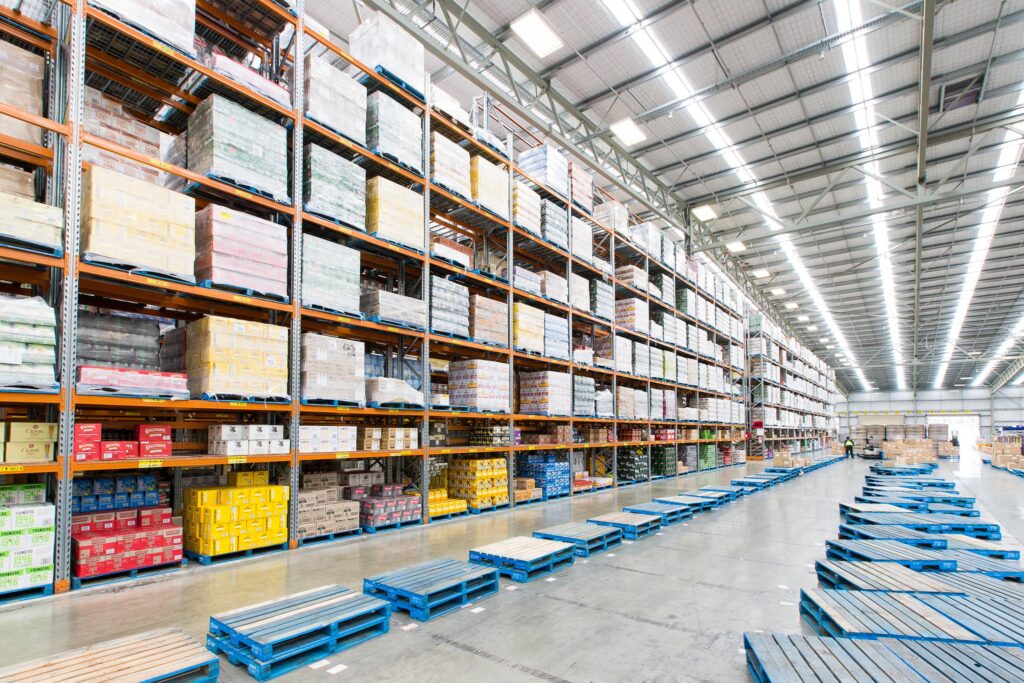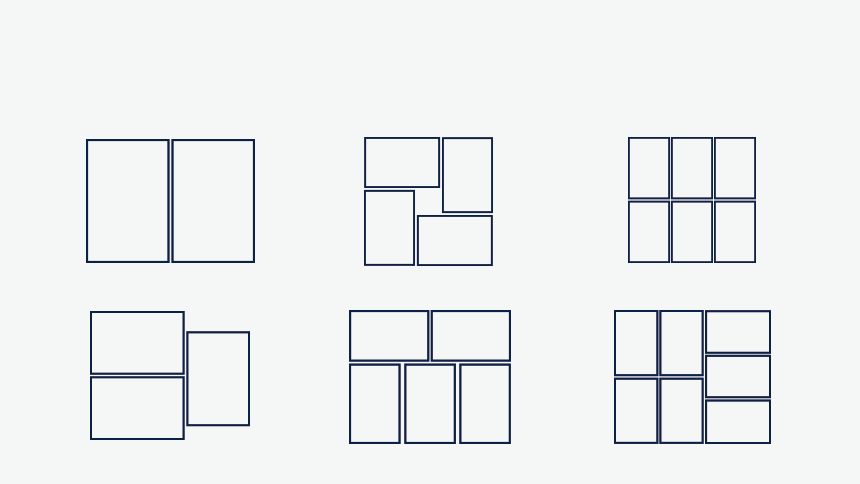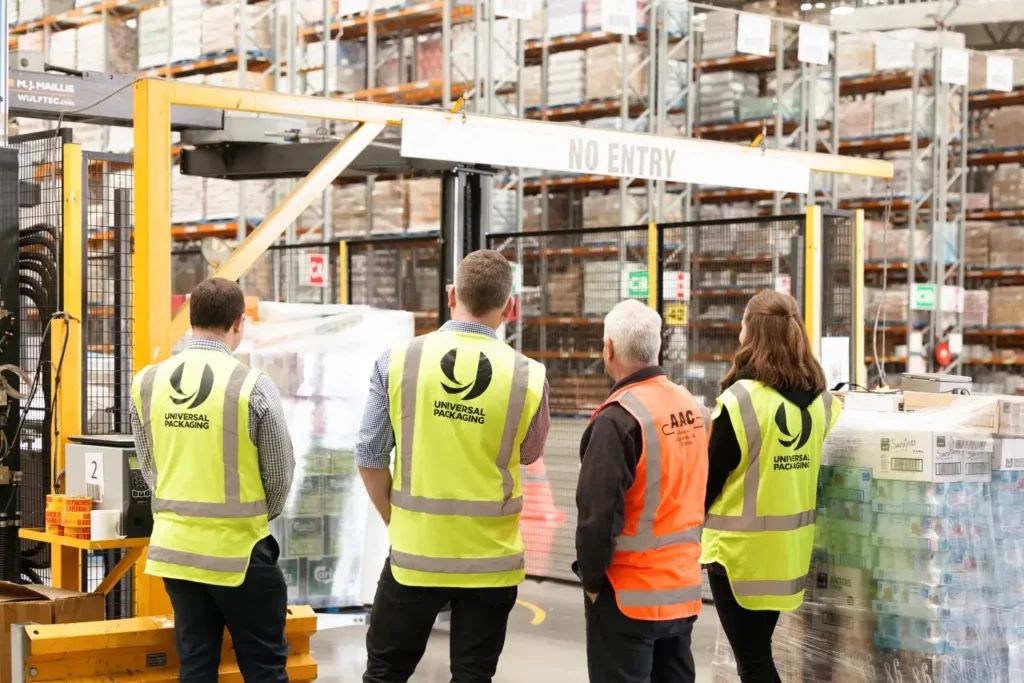Home » Striving towards pick/build pallet load perfection
Striving towards pick/build pallet load perfection
The process behind picking and building pallets can be fairly simple or incredibly complex, depending on the load.
Here are 6 key elements to consider when building a pallet.

Some companies will have extremely uniform loads that require no specific process or little additional thought beyond choosing the right pallet wrap. For others the creation of combined packs or ‘ugly’ loads is an everyday challenge. Achieving the right pattern of boxes and awkward items on a pallet can be both art and science.
Irrespective of the load complexity it’s always important to follow the right process. With the economic, health and environmental costs of pallet collapse, additional shipping and product damage a little extra focus at the pick/build stage can make a big difference in the long term. Here are some of the simple approaches to get right each and every time…
1. Use your head space.
Incorrectly packed boxes will often have head space (the gap between the item in the box and the lid of the box). These cavities create room for items to move inside which, when a pallet is moved quickly, can create internal movement and an overall unbalanced load. So too does head space create potential for collapse within the individual box and subsequent product damage. Ensuring as little of this space as possible is vital.
2. Keep the weight right and everything tight
To make certain the overall balance is correct it’s important that mixed loads be evenly weighted across the pallet also. Then it’s a matter of building the pallet up with as little space between items as possible and avoiding any overhang on the pallets if possible. Even the most uniform of loads should also be checked for gaps. Don’t take anything for granted and keep everything tight.
3. Gravity is not your friend.
It seems like one of those obvious, common-sense considerations that heavy boxes go on the bottom of the pallet, and lighter ones on the top. This doesn’t just stop the weightier products from crushing the flimsier boxes. It also prevents additional force from acting as a pendulum with heavier boxes moving at the top of the load.

4. Interlocking or column-stacked?
From a young age we’re taught that stacking bricks in a staggered manner adds strength to the overall structure. However this only works when all the bricks are absolutely uniform in size and weight. The interlocking approach to a pallet build can result in a less than ideal outcome. That’s because sometimes it means less goods per pallet (with higher shipping costs and carbon emissions), and it additional weight to individual boxes.
Column stacking ensures each box supports the weight of the box above it along the stronger edges and corners. However this approach comes with a warning – you need the correct application of pallet wrap and, depending on the type of pallet load, anti-slip mats may be needed also.
5. Destination consideration
Where is the pallet going once it’s made up? If it is not being shipped it may be that wrapping isn’t necessary. However more often than not some level of product protection is needed – even if it’s just being moved around the distribution centre.
Sometimes the use of cardboard between layers is helpful. Often however companies will need something with a bit more secure cohesion. Stabulon anti-slip sheets provide this as, thanks to a high coefficient of friction (up to 42 degrees) on both sides, they can prevent costly slips and damage.
6. Wrap it right
Once you’ve built the pallet you’ll need to protect it properly. To find out more about load profiles have a read of this Unwrapping the Process piece by resident Universal Packaging expert Jed Goudie.
It also pays to consider the film force needed for stretch wrap application – how heavy is the load being wrapped? If using pallet wrapping equipment make sure that wrap parameter settings are correct.
Our team is often available to consult on the many pick, build, wrap and load processes of shipping in New Zealand. Often a few small changes can create an ideal pallet pattern and the most efficient and cost-effective pallet wrap result.
If you’d like to book a packaging optimisation site audit get in touch here.
